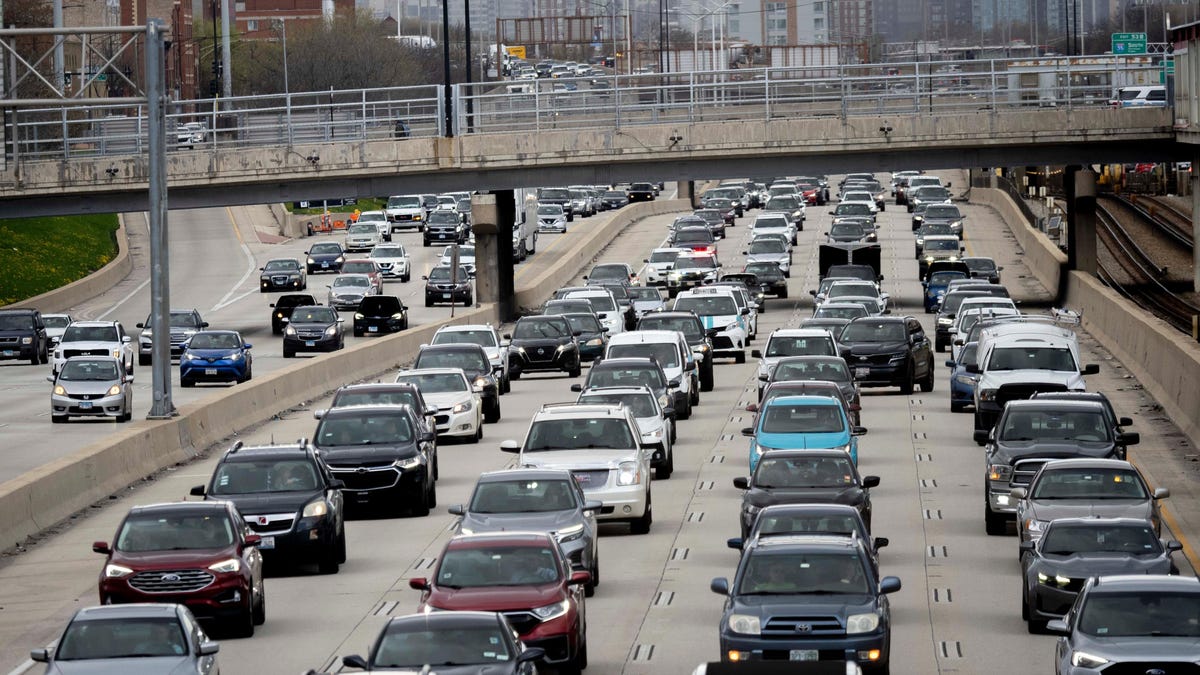Vehicles in the U.S. just keep on getting older as new ones continue to cost way too much for the average buyer. In fact, the average car on the road in 2024 is 12.6 years old. That means the average car was built back in 2011. Preposterous.
This new information comes from S&P Global Mobility, which has tracked vehicle registration data nationwide for quite some time now. In fact, 2024’s average has grown about two months from last year’s record-breaking age. However, there are some signs this trend is changing. In 2023, the average new car age increased by three months over 2022, so I suppose we are moving in the right direction.
As I mentioned, the main reason these ages are climbing is due to price. Simply put, new cars are really damn expensive, and high interest rates are just compounding the issue. The average new car will set buyers back about $47,400, according to Kelley Blue Book. Granted, that’s down a few thousand dollars from its peak, but that’s still a whole lot of cash. Because of that, people are holding onto their cars because it’s just cheaper to fix an old car than buy a new one.
Here’s more from the Associated Press on the growing issue of affordability in the new car market:
“It’s prohibitively high for a lot of households now,” said Todd Campau, aftermarket leader for S&P Global Mobility. “So I think consumers are being painted into the corner of having to keep the vehicle on the road longer.”
Other factors include people waiting to see if they want to buy an electric vehicle or go with a gas-electric hybrid or a gasoline vehicle. Many, he said, are worried about the charging network being built up so they can travel without worrying about running out of battery power. Also, he said, vehicles are made better these days and simply are lasting a long time.
New vehicle sales in the U.S. are starting to return to pre-pandemic levels, with prices and interest rates the big influencing factors rather than illness and supply-chain problems, Compau said. He said he expects sales to hit around 16 million this year, up from 15.6 million last year and 13.9 million in 2022.
As more new vehicles are sold and replace aging vehicles in the nation’s fleet of 286 million passenger vehicles, the average age should stop growing and stabilize, Compau said. And unlike immediately after the pandemic, more lower-cost vehicles are being sold, which likely will bring down the average price, he said.
There is one group of people who are actually benefiting greatly from older cars being on the road: private mechanics. Nearly 70 percent of vehicles on the road today are six years or older, according to the AP. That, for most cars at least, is well beyond most manufacturer warranties.
We’ve been covering stories like this for a while now, and every year, cars seem to get just that little bit older — just like the rest of us.







